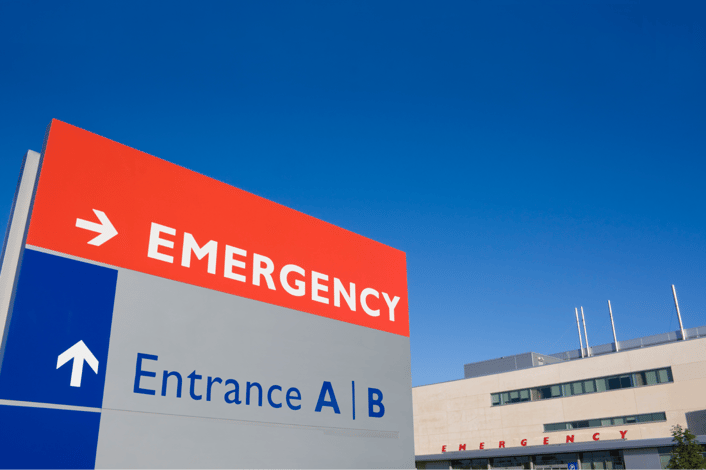 There is no doubt that we have witnessed many tragic events over the last 12 months. From the recent events in San Bernardino, to the shooting at the Charleston Church, to the attack at the Planned Parenthood clinic in Colorado, the devastation caused by mass shootings is apparent. The November attacks in Paris also reminded us that such tragedies occur globally.
There is no doubt that we have witnessed many tragic events over the last 12 months. From the recent events in San Bernardino, to the shooting at the Charleston Church, to the attack at the Planned Parenthood clinic in Colorado, the devastation caused by mass shootings is apparent. The November attacks in Paris also reminded us that such tragedies occur globally.
It is no surprise then that the Department of Homeland Security is encouraging health care providers to review and practice their disaster plans to ensure preparedness for these types of attacks. 2016 will likely be a year where hospitals not only improve their security measures, but also improve the execution of their disaster plans in the wake of these mass casualties.
How can hospitals be better prepared to deal with mass shootings or terror attacks?
Provide continued training and awareness initiatives for employees
Though all employees should have received security and disaster training at the time of hire, it is important to reinforce these lessons periodically. Make sure all hospital workers are aware of what to do if they notice something suspicious and how to report it to an authority immediately. Provide opportunities for employees to review Active Shooter procedures and Counter-IED efforts.
Conduct drills based on similar situations
Coincidentally, the morning of the Paris attacks, city officials had run a drill with emergency personnel simulating acts of terrorism resulting in many injuries. When the real events occurred later that evening, their emergency system was well-prepared to handle it.
Hospitals in 2016 should carry out disaster preparedness practice drills based on scenarios like this. It is important to that these training events are unpredictable, with changing variables such as number of patients and types of injuries. This will allow hospitals to practice mobilizing a quick response to various situations.
Ensure adequate systems and supplies are in place to accommodate patient surge
When disasters result in a large number of injured parties, hospitals need to have back-up supplies to properly treat and care for patients. Trauma rooms may need to accommodate more patients than they typically do and temporary bed spaces may have to be created, so items such as extra cots, IV pumps and portable suction are essential to have on hand.
Additionally, hospitals should have established systems for moving patients as needed throughout the hospital to free bedspaces to treat the acutely injured. “Less sick” patients in intensive care may need to be moved to a regular floor or patients who are ready to be discharged may need to be moved to a holding area until transportation home can be arranged. Here also, hospitals need to make sure they have the portable medical equipment and supplies necessary to transport and hold these patients.
Test emergency communication systems
It is important to make sure that emergency communications equipment is working properly. Hospitals should test this equipment at regular scheduled intervals. It is an absolute necessity that hospitals are able to maintain communication with authorities in the aftermath of a mass shooting or terror attack.
Also, hospitals need to ensure that they have the ability to quickly reach employees as needed. Mass notification systems should be in place for reaching staff by phone, text, or email, so that enough workers can be mobilized to treat patients as needed.
We all wish we lived in a world where we didn’t need to worry about horrific events like mass shootings and terror attacks, but the sad reality is that we need to be prepared. Hospitals in 2016 should focus their efforts on reviewing and practicing their disaster plans, so they can provide high quality patient care in all possible situations.














